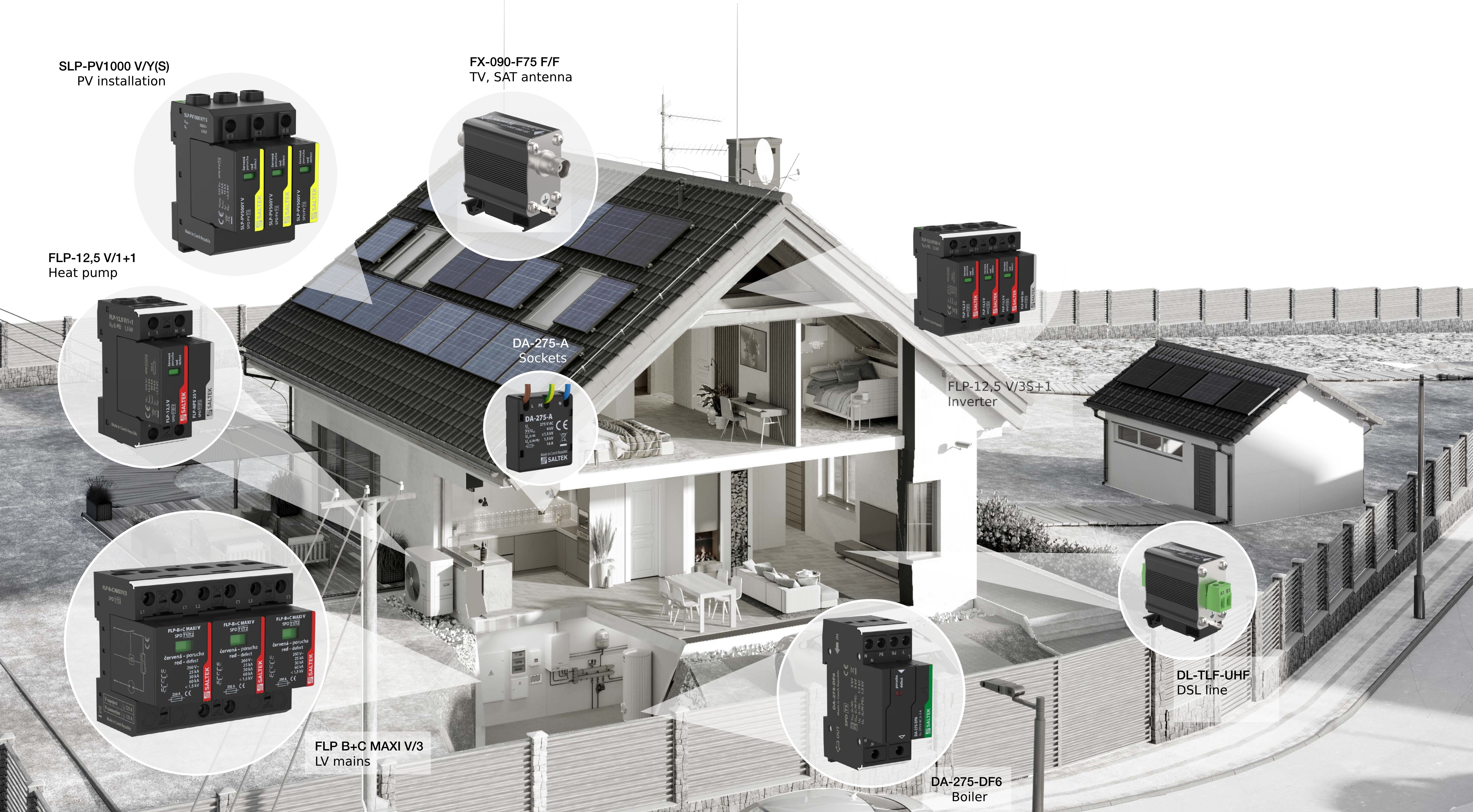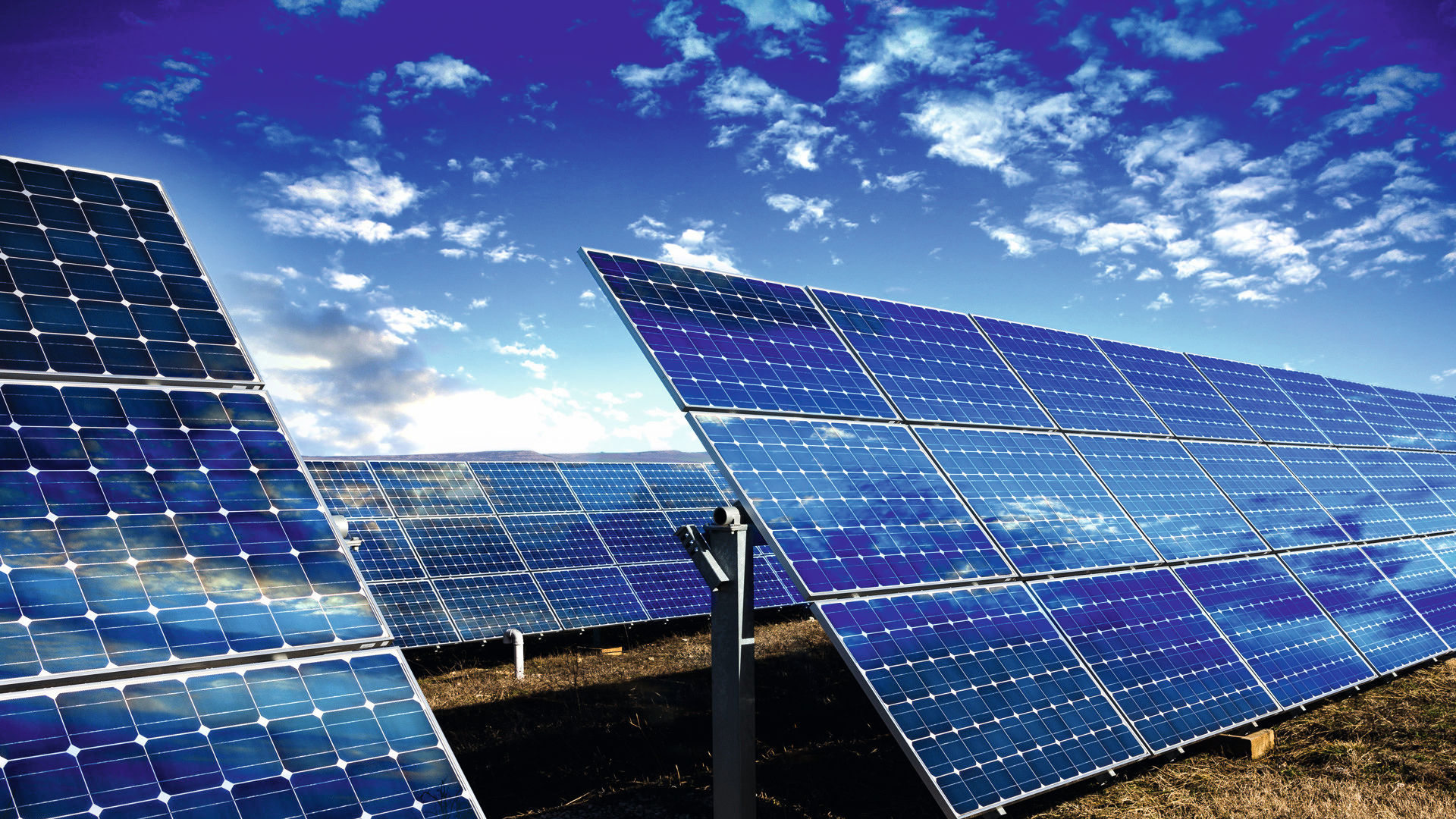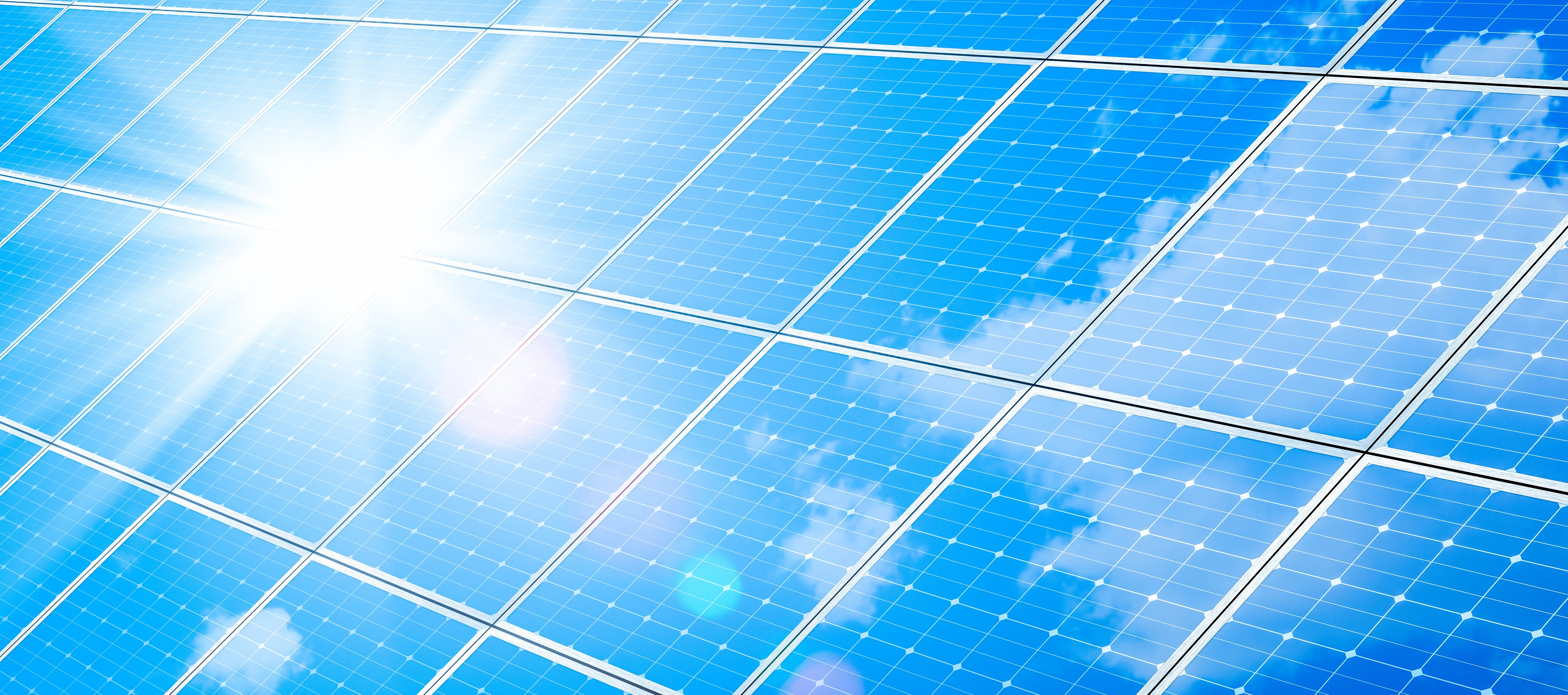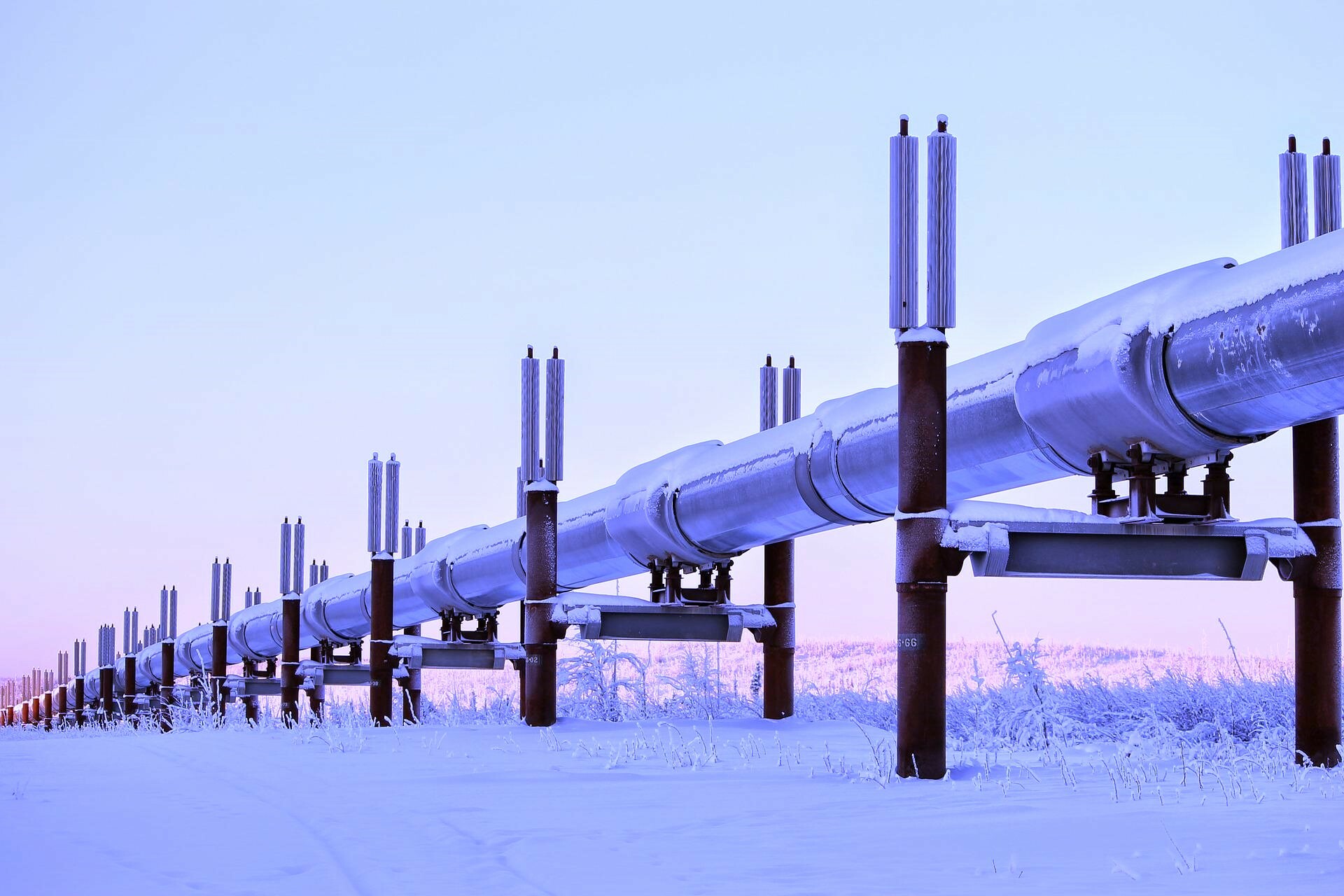Photovoltaics (PV) is most talked about in connection with electricity prices and a certain degree of self-sufficiency that your own small power plant will provide. Photovoltaic panels are not only considered by owners of family houses, but also by associations of owners in block of flats, cottagers and many others. Even if only to heat water in an outdoor shower or swimming pool.
Photovoltaics, i.e. PV panels, are of course also the main source of energy for green power plants – one of the ways to a future where we will not be dependent on coal, but will use the limited possibilities of alternative natural sources.
It may seem that the acquisition of your own small power plant is easy, most companies will manufacture and calculate everything on a turnkey basis. But nothing is as simple as it seems at first glance. The price of even a small PV power plant can run into tens or hundreds of thousands of crowns, so everyone wants to avoid the possible risk of destruction or damage. Photovoltaic power plants (or PVE) are built in exposed places - on large areas, on roofs and wherever there is an open area, so that exposure to sunlight is as long as possible. That's the trick, after all. However, this also carries risk. Already in childhood, we all learnt that hiding under a solitary tree in a meadow during storms is not a clever idea. Therefore, it is reasonable to protect photovoltaics. So, how to invest smartly in panels and technology and not lose the entire investment with a single stroke of lightning? The solution offers surge protection from SALTEK, which offers a wide range of products to protect the entire project.
But let’s start from the beginning. The basis of photovoltaic power plants are most often polycrystalline photovoltaic panels, which are mounted on a special fastening system. All the panels are then connected, and the cables are led to the so-called inverter, which changes the direct current collected by the panels into the alternating current we use in homes. That is why we normally divide the photovoltaic system into two parts – direct current (DC) and alternating current (AC). 
The most important part of a PV power plant is the converter, or inverter. In the case of domestic power plants, this is usually placed under the roof in the attic or in a technical room or basement. This is the important device that needs to be protected and in front of which surge protectors are installed. Their specific selection depends on whether you have a lightning protection system (LPS) on the roof and whether a safe clearance distance is maintained between the LPS and the PV panel structure. It also depends on the distance between the panels themselves and the inverter (DC side), respectively on the distance of the main switchboard from the inverter (AC side), in order to meet the necessary standards.
In the event that the safe jump distance is not observed, it is recommended to use a surge protector for photovoltaics type 1 (T1) FLP-PV1000/YS on the DC side near the inverter and near the panels (the use of two SPD - surge protective devices on the DC side is necessity), along with SPD T1 on the AC side (FLP-12,5 V/3S+1) near the inverter. Due to the principle of comprehensive protection, it is also advisable to have SPD T1 installed in the main switchboard (FLP-B+C MAXI VS/3+1) and overvoltage protection T1 for all input devices (DMP-024-V/1-FR1 for RS communication lines).
If the safe jump distance is maintained or you do not have an LPS, a weaker type 2 SPD (T2) is used on the DC side near the inverter (SLP-PV1000 V/Y S) and a T2 SPD on the AC side near the inverter (SLP-275 V/3S+1). The principle of comprehensive protection still applies to other input devices, including low-voltage electrical installation, as in the previous case.
The next chapter is about increasingly used island (or off-grid) PV systems, for example for water heating, with the most frequently used FLP-PV275 V/U.
Since the inverter is connected to the main electricity distributor in the house, you can potentially lose not only the photovoltaic power plant, but also other electrical equipment in the house in the event of a direct or indirect lightning strike and overvoltage. Replacements will then be very expensive and laborious. Therefore, it definitely pays to prevent problems and install SALTEK surge protectors. One small device for a few hundred crowns will help you protect your investments worth thousands or tens of thousands of crowns.
More information regarding connection and protection can be found in our guide Protection of photovoltaic systems or on Youtube. Of course, you can also contact our technical support.





